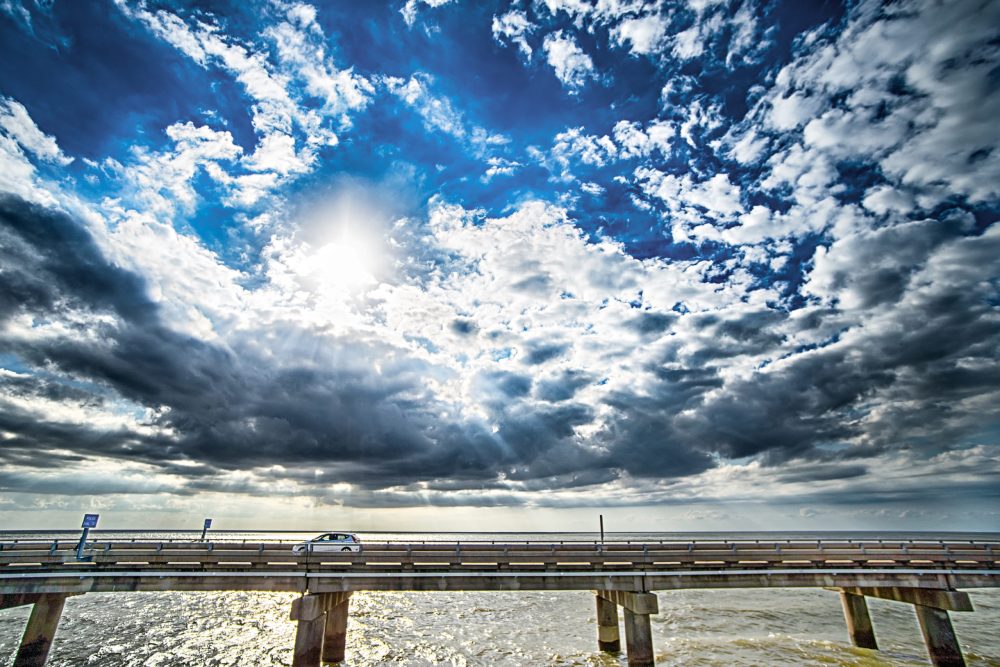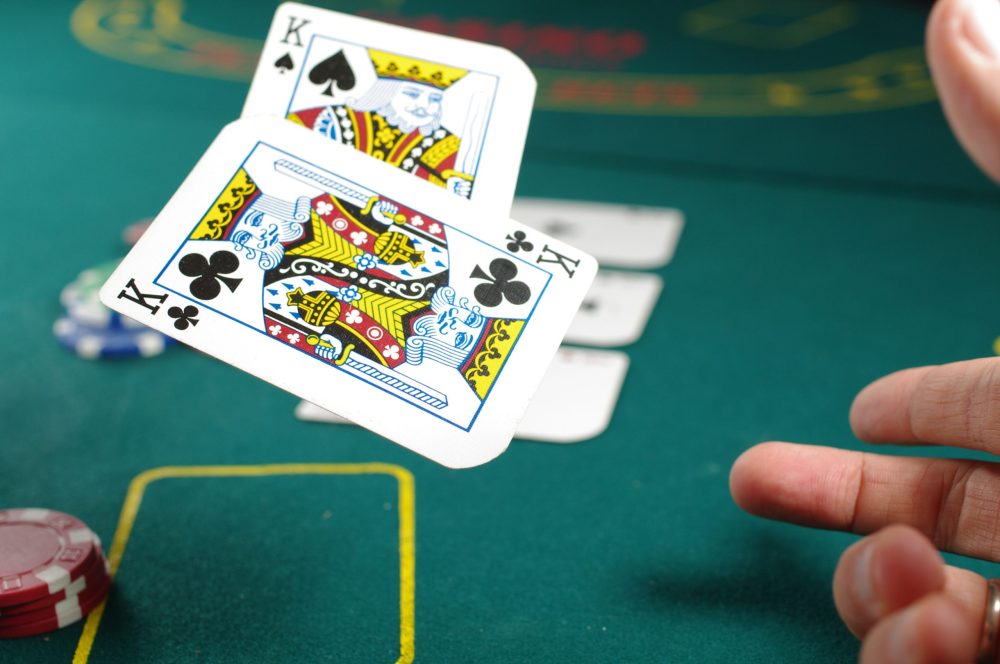7 Fun Facts You Didn’t Know About New Orleans

New Orleans’ history is full of interesting facts thanks to major events in the city’s past. From French and Spanish occupation to slavery, jazz, and the origin of voodoo, there is always something new to be discovered about New Orleans. Beyond the well-known details about Mardi Gras, above-ground cemeteries, and plantation houses, fun and weird facts about New Orleans shed an entirely different light on the city, and offer even more reasons to visit.
Whether you want to drive the world’s longest bridge or learn about the origins of Bourbon Street (hint: it has nothing to do with alcohol), you’ll find fun and interesting facts about New Orleans around every corner. But until you plan your next trip, brush up on your Louisiana knowledge with this unique trivia.
1. New Orleans was the first city in the United States to host Opera
Today, New Orleans is well-known for its jazz scene and for being the birthplace of famous musicians like Louis Armstrong and Buddy Bolden. But few people know that in 1796, the Crescent City became the first place in the United States to document an opera performance. Locals were treated to a performance of “Sylvain,” dating back to 1770. It wasn’t long before the city became known as the Opera Capital of North America.
Want more NOLA music insights? Book a Music Legacy Tour.
2. NOLA is home to the most historic districts of any U.S. city
It’s no surprise that NOLA is steeped in fascinating history; just look at the architectural and cultural diversity spanning centuries of growth. In fact, one of the most interesting facts about New Orleans is that the city has more historic districts than any other U.S. city – 21, to be exact. Step back in time as you wander the tree-lined streets of Carrollton, where you might encounter a meandering peacock. Or, enjoy the best views of the Mississippi River in the Algiers Point district.
For a guided visit to the city’s most historic places, book a history and culture tour.
3. The longest continuous bridge in the world is located here

It’s called the Lake Pontchartrain Causeway and it’s recognized by the Guiness Book of World Records for being the longest bridge to stretch continuously over water. The causeway spans 23.86 miles over Lake Pontchartrain, and has been a notable landmark ever since it was built in 1956. The bridge is so long that motorists have been known to freeze in fear in the middle where they lose sight of land on either side. Babies have even been born on the bridge when their mothers couldn’t make it to a hospital in time!
4. The St. Louis Cathedral is the oldest continually operating cathedral in the U.S.
On the north side of the French Quarter’s Jackson Square, a white, triple-steepled church gleams in the sunlight. This impressive building is the St. Louis Cathedral, the oldest continually operating cathedral in the U.S., dating all the way back to 1794. With the famous statue of General Andrew Jackson on his bronze horse and the manicured green courtyard, the St. Louis Cathedral is a remarkable sight. The church still holds mass every week.
See it for yourself on a tour of the French Quarter.
5. A pirate helped defend New Orleans during the War of 1812
American pirate Jean Laffite gained notoriety not only for the goods he and his brother smuggled in and out of New Orleans in the 1800s, but also for the role he played in defending the city from the British during the War of 1812. General Andrew Jackson and his soldiers faced an invasion from the British, who were trying to take control of the Mississippi River (and trade routes for the entire American South). Laffite and his pirate crew fought alongside Jackson in return for pardons for illegal pirate activity and fought valiantly to defend the city. Of course, he returned to piracy following the war for a few years.
6. Poker and craps originated in New Orleans

One of the most fun facts about New Orleans, especially for any game lovers, is that the card games craps and poker originated in the city. Poker’s French predecessor, Poque, dates back to the 17th century. When French colonists brought the game to New Orleans, English-speaking settlers changed the name to poker and created the modern features of the game we play today. Craps got its name from the French word for frog, “crapaud.”
7. Bourbon Street wasn’t named after the liquor

Keeping New Orleans’ party reputation in mind (Mardi Gras, anyone?) it’s common to wonder if Bourbon Street was named for the liquor. Unfortunately, this isn’t the case – but that doesn’t mean there aren’t some great bars and pubs in the area! Bourbon Street got its name back in 1718, when the city was founded by Frenchman Jean Baptiste Le Moyne. His engineer, Adrien de Pauger, was the one to lay out the streets of the city, and in doing so named Bourbon Street after the French royal family ruling at the time, the House of Bourbon.
Bourbon Street may not be named after the liquor, but it’s a great jumping off point to discover NOLA’s cocktail scene. Sample the best libations in the city on this drinking tour!
We hope these interesting New Orleans facts got you excited to visit the city or book a tour. To learn even more about the Crescent City, you’ll have to take to the streets, chat with locals, and visit the city’s amazing historic landmarks and points of interest.
